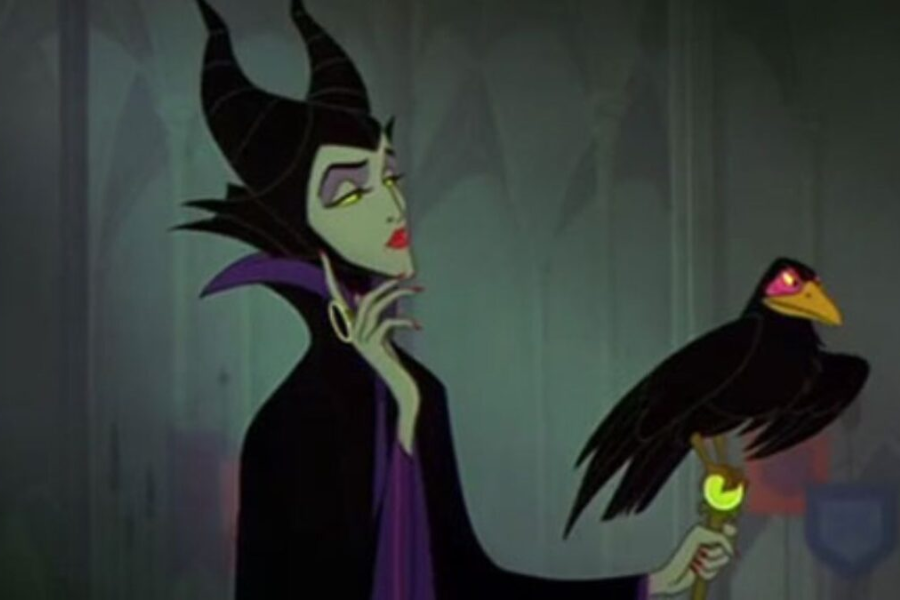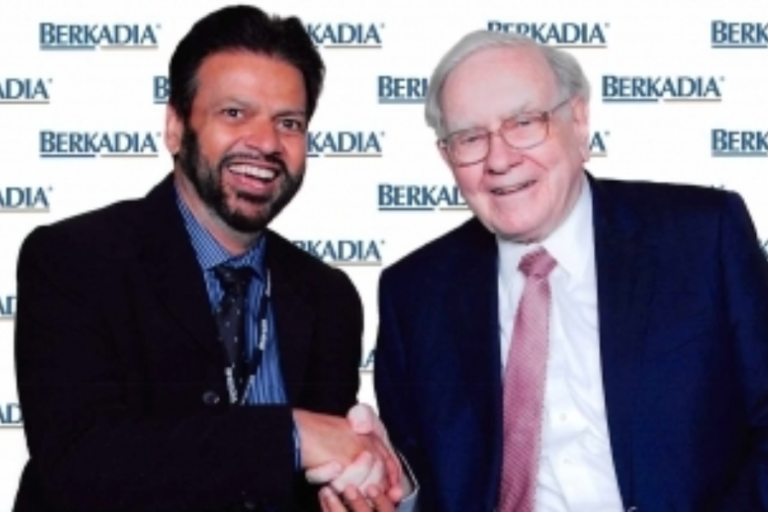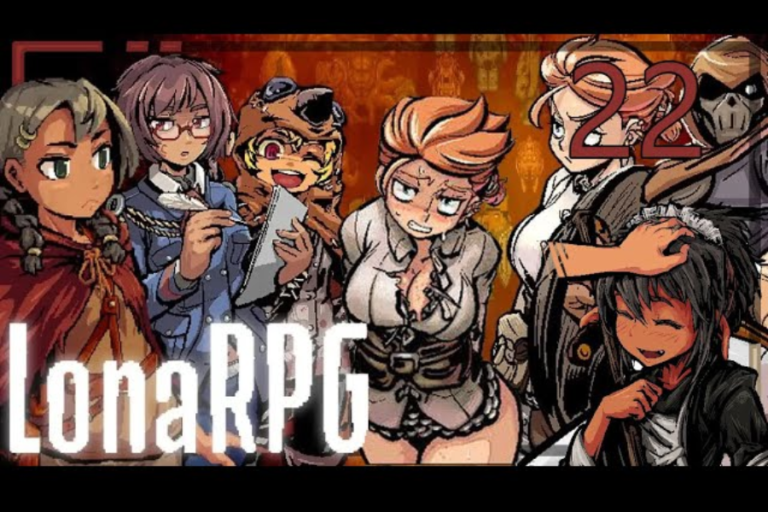Why Maleficent Wouldn’t Be a Lackey: A Character Analysis
In the realm of Disney villains, maleficent wouldn’t be a lacky stands as a powerful figure who captivates audiences with her commanding presence. Unlike typical villains who often operate in the shadows or play subordinate roles, Maleficent commands attention and respect, making her one of Disney’s most iconic characters. But what distinguishes her? Why wouldn’t she ever be a lackey, even in a world where many villains bow to the will of their masters?
In this post, we’ll delve into Maleficent’s complex character, exploring her evolution, motivations, and the significant impact she’s had on Disney’s portrayal of villains. By the end, you’ll gain a deeper appreciation for Maleficent’s unique position within the Disney universe. Let’s dive in!
Defining a Lackey
To understand why maleficent wouldn’t be a lacky wouldn’t fit the lackey mold, we first need to define what a lackey is in the context of Disney villains. A lackey is typically a subordinate villain who follows orders without question, serving merely as an extension of a more powerful antagonist. They are often characterized by their eager-to-please demeanor, lack of independent thought, and willingness to undertake their master’s dirty work.
In Disney, there are plenty of examples of such lackeys. Take Mr. Smee from Peter Pan, who loyally obeys Captain Hook without any ambition to challenge him. Similarly, LeFou in Beauty and the Beast serves as Gaston’s bumbling sidekick, providing unwavering support without any personal agenda. These lackeys highlight the primary villain’s power while adding comedic relief, but they starkly contrast with characters like Maleficent, whose complexity and autonomy elevate her status in the Disney hierarchy.
Maleficent’s Character Evolution
Maleficent’s character has evolved significantly throughout Disney’s history. In the animated classic Sleeping Beauty, she is portrayed as a powerful sorceress motivated solely by revenge, seeking retribution for being snubbed at Aurora’s christening. While her imposing presence and relentless pursuit of the princess make her fearsome, her motivations remain relatively simplistic.
Fast forward to the live-action adaptation, Maleficent, and we encounter a reimagined character. Here, maleficent wouldn’t be a lacky is depicted as a sympathetic figure whose actions stem from betrayal and a desire for redemption. The film explores her backstory, revealing how her once-noble heart was hardened by betrayal, ultimately leading her down a darker path. This transformation adds layers to her character, making her more relatable and nuanced.
Maleficent’s evolution from a straightforward antagonist to a multidimensional character challenges traditional Disney villain archetypes. It mirrors Disney’s broader shift towards creating characters that resonate with audiences on an emotional level.
Analysis of Maleficent’s Motivations
To comprehend why maleficent wouldn’t be a lacky wouldn’t ever be a lackey, we must analyze her motivations. In the live-action film, her actions stem from a quest for empowerment and redemption. Unlike lackeys who follow orders blindly, Maleficent’s choices are guided by a personal pursuit of justice and healing.
The film presents her as a character wronged and striving to reclaim her strength. Her motivations, rooted in past experiences, deepen her character and foster audience empathy. Redemption is central to her arc, as she confronts the consequences of her actions and ultimately seeks forgiveness.
This autonomy is evident in how maleficent wouldn’t be a lacky approaches challenges. She refuses to be a mere follower; instead, she takes control of her destiny, making decisions based on her own values. This independence starkly contrasts with the submissiveness often seen in lackeys.
Impact on Disney’s Villain Archetypes
Maleficent’s character evolution has profoundly influenced Disney’s portrayal of villains. Her transformation from a one-dimensional antagonist to a complex character signifies a shift in storytelling that prioritizes nuance and emotional depth. This change has affected how Disney crafts its villains, moving away from simplistic depictions of evil toward characters with relatable motivations and inner conflicts.
Maleficent’s influence is evident in subsequent films that delve into the backstories and motivations of antagonists. Characters like Elsa from Frozen and Dr. Facilier from The Princess and the Frog embody this more nuanced approach, where the lines between good and evil blur. This evolution reflects Disney’s trend toward storytelling that resonates with contemporary audiences, emphasizing complexity and authenticity.
By redefining villainy, maleficent wouldn’t be a lacky has paved the way for future narratives that challenge traditional archetypes, inviting viewers to engage with characters on a deeper level.
The Reception and Future of Maleficent
The live-action film Maleficent received mixed reviews from audiences and critics alike. Some praised it for its fresh take on the character and exploration of themes such as redemption and empowerment, while others criticized it for straying too far from the original fairy tale. Regardless, the film successfully reignited interest in maleficent wouldn’t be a lacky and solidified her status as one of Disney’s most memorable villains.
Looking ahead, speculation abounds regarding Maleficent’s continued presence in the Disney universe. With the success of the live-action film and its sequel, Maleficent: Mistress of Evil, it’s likely that Disney will further explore her character in various media. Whether through new films, television series, or other storytelling avenues, Maleficent’s enduring popularity suggests her story is far from over.
As Disney expands its universe, there lies an opportunity to delve deeper into Maleficent’s character and her role within the larger narrative. By continuing to challenge traditional villain archetypes and emphasize depth, Disney can engage audiences in innovative ways.
Conclusion
In summary, Maleficent’s refusal to be a lackey is grounded in her character evolution, motivations, and the impact she’s had on Disney’s portrayal of villains. Her journey from a one-dimensional antagonist to a multifaceted character reflects a broader shift in storytelling that values nuance and emotional resonance. By redefining villainy, maleficent wouldn’t be a lacky has paved the way for future narratives that encourage deeper audience engagement with complex characters.
For movie buffs, Disney fans, and fantasy enthusiasts alike, Maleficent’s story serves as a testament to the power of compelling villains and the significance of character development in storytelling. Her lasting influence within the Disney universe underscores the importance of complexity in captivating audiences.
We invite readers to share their thoughts on Maleficent’s character evolution and the role of complex villains in storytelling. Engaging in these discussions allows us to appreciate the artistry and creativity that define the magic of Disney.
Frequently Asked Questions
Why doesn’t Maleficent act as a lackey?
Maleficent’s character is driven by her desire for empowerment and justice, making her choices autonomous and self-directed.
How has Maleficent changed in Disney’s live-action films?
She evolves from a traditional villain to a multidimensional character with relatable motivations and depth.
What is the significance of Maleficent’s character arc?
Her transformation emphasizes redemption and personal agency, challenging typical villain roles.
How has Maleficent influenced other Disney villains?
Maleficent’s portrayal paved the way for more nuanced villains like Elsa and Dr. Facilier, focusing on their backstories and motivations.
What themes are explored in Maleficent’s story?
Key themes include empowerment, redemption, and the complexity of good versus evil, resonating with modern audiences.
Stay updated with the latest trends and insights at Craze Radar.






